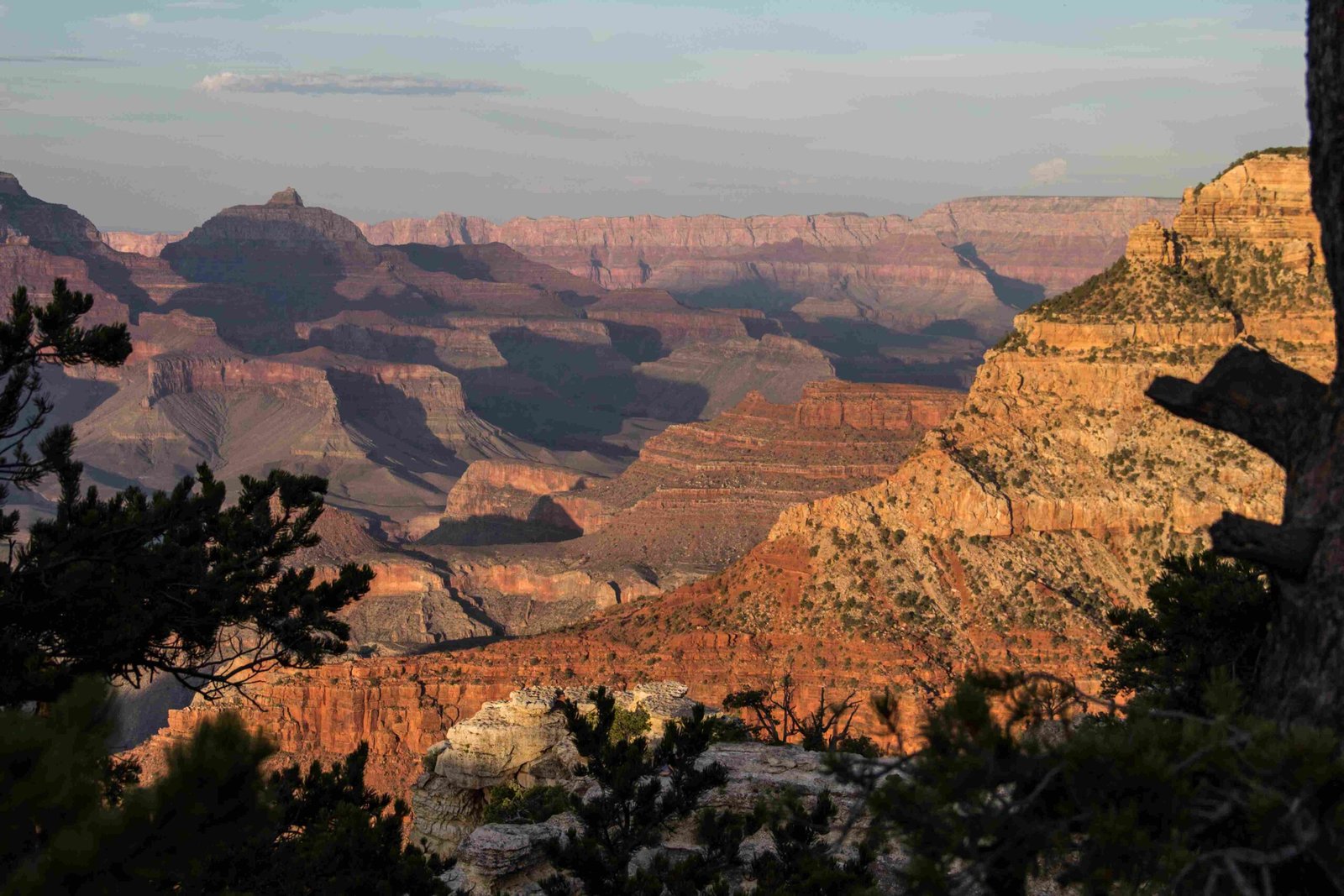The Grand Canyon’s rugged landscape harbors an extraordinary botanical treasure trove of wild flowers, transforming harsh desert terrain into a kaleidoscope of colors. From delicate paintbrush blooms to resilient cacti flowers, these botanical wonders represent nature’s remarkable adaptation, revealing intricate survival strategies across diverse elevations and microclimates within this iconic national park.
What Makes Grand Canyon Wild Flowers Unique?

Grand Canyon wild flowers represent an extraordinary ecosystem of botanical resilience. These plants have evolved remarkable strategies to survive in extreme environmental conditions, ranging from scorching summer temperatures to freezing winter nights.
Where Do Wild Flowers Thrive in Grand Canyon?
Wild flowers in the Grand Canyon flourish across multiple ecological zones:
- Rim Environments
- Pinyon-juniper forests
- Sagebrush scrublands
-
Alpine meadows
-
Canyon Interior
- Rocky slopes
- Riverside habitats
- Sheltered microclimates
What Species Dominate Grand Canyon Wild Flowers?
| Species | Bloom Period | Habitat | Unique Characteristics |
|---|---|---|---|
| Narrow-leaved Paintbrush | Summer | Sagebrush regions | Bright red/orange petals |
| Winding Mariposa Lily | April-May | Lower elevations | Delicate white/lilac flowers |
| Claret Cup Cactus | April-May | Side canyons | Scarlet blooms lasting days |
How Do Wild Flowers Survive Extreme Conditions?
Wild flowers in the Grand Canyon have developed extraordinary survival mechanisms:
- Water Conservation: Succulent leaves and compact root systems
- Temperature Adaptation: Short blooming cycles
- Pollination Strategies: Attracting specific insects and birds
- Seed Dispersal: Wind and animal-assisted propagation
When Is the Best Time to Observe Wild Flowers?
The optimal wildflower viewing periods include:
- Peak Season: March through September
- Best Months: April and May
- Factors Influencing Bloom:
- Winter precipitation
- Temperature variations
- Elevation changes
What Photography Techniques Work Best?
Capturing Grand Canyon wild flowers requires specialized techniques:
- Lighting: Early morning and late afternoon
- Equipment:
- Macro lens
- Tripod
- Polarizing filter
- Recommended Locations:
- Bright Angel Trail
- Hermit Trail
- Colorado River corridors
How Can Visitors Protect Wild Flower Ecosystems?
Responsible observation involves:
- Staying on designated trails
- Avoiding flower picking
- Minimizing environmental disturbance
- Practicing “Leave No Trace” principles
What Scientific Significance Do These Flowers Hold?
Grand Canyon wild flowers provide critical insights into:
- Climate change adaptation
- Biodiversity preservation
- Ecological resilience
- Evolutionary strategies
Conclusion

The Grand Canyon’s wild flowers represent more than aesthetic beauty—they are living testimonies of nature’s incredible adaptability and survival instincts.
Expert Tips
- Carry field guides for identification
- Use binoculars for detailed observation
- Respect wildlife and plant habitats
Reference:
– Grand Canyon National Park Official Site
– Grand Canyon Trust Botanical Resources
– Arizona Native Plant Society

